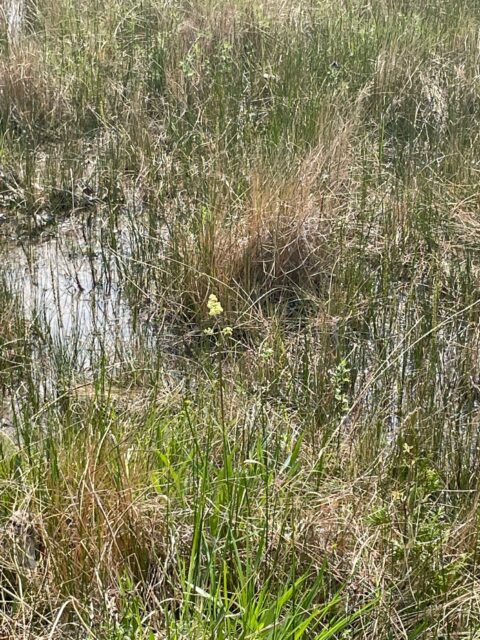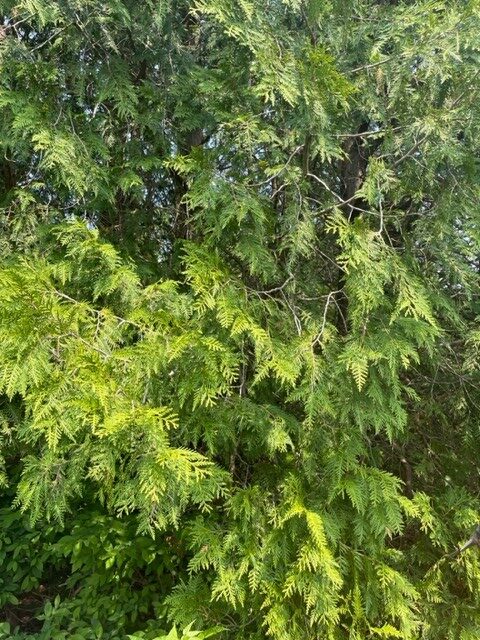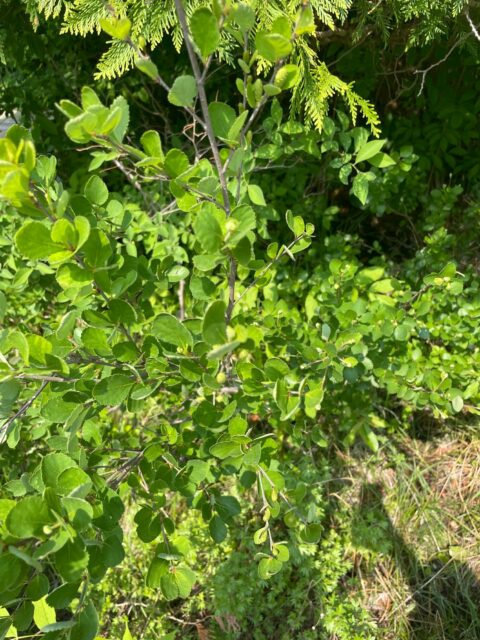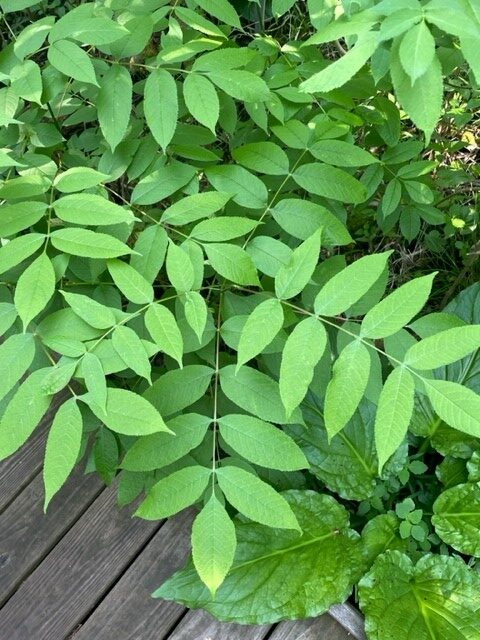Cedar Bog is a nature preserve located in central Ohio, just outside of Urbana. The preserve itself contains a variety of habitats including swamp forests and sedge meadows. The special geology of the site allows Cedar Bog to be home to many plant species rarely found throughout the state. Runoff water percolates through the ground where it flows through limestone and other sediment, and then gets pushed back up the soil into Cedar Bog. This cycle supports marsh species, as well as other calcareous plants, which leads to the preserve having one of the highest Ohio Floristic Diversity Indexes in the state.
Marsh Species
Valeriana ciliata
Prairie valerian has a coefficient of conservation of 10.
Thuja occidentalis
Northern white cedar has a coefficient of conservation of 9.
Toxicodendron vernix
Poison sumac has a coefficient of conservation of 7.
Betula alleghaniensis
Swamp birch has a coefficient of conservation of 7.
Green Ash VS Black Ash
Fraxinus pennsylvanica
Green ash is a commonly found ash species throughout the bottomland forests of Ohio. Like other ash species, it is recognized by its opposite pinnately compound leaves normally in groups of 7 or less. Its leaflets are also attached by a small, winged petiole. The bark of this species is slightly flaky.
Fraxinus nigra
Similar to green ash, black ash also prefers bottomland conditions with plenty of water. On the other hand, black ash can tolerate and prefers sites that are poorly drained, like cedar bog. This species has 9-11 leaflets, while green ash has up to 9. Its leaves are also pinnately compound, but the leaflets are sessile meaning they are attached directly without a petiole like the one present on green ash.
Fruit Types
Acer Rubrum– Achene
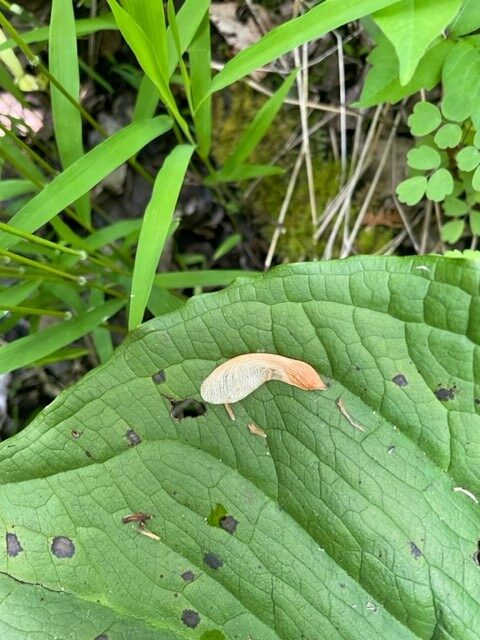
Red maple samaras are a type of achene that has a wing. They are smaller than most other samaras at around 3/4 of an inch and fall throughout late spring and early summer. Red maples are some of the most commonly planted trees due to their vibrant red fall coloration and heartiness.
Rosa setigera- Pome
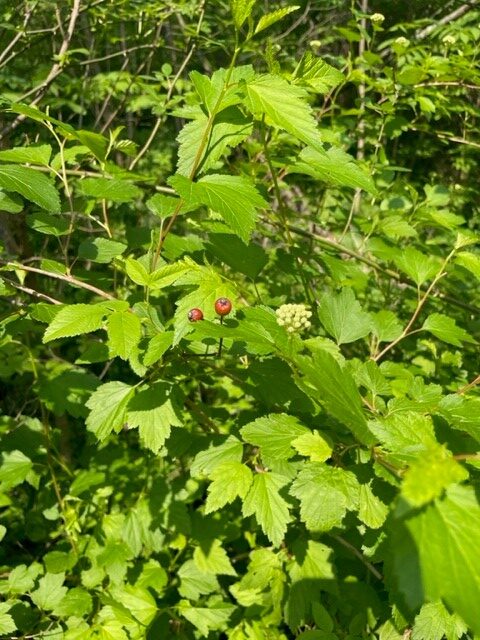
This rose hip is a pome fruit due to its fleshy outside and core filled with multiple seeds inside. You can tell it is a rose species by its stipulation, hooked thorns, and pinnately compound leaves. Consuming rose hips has been found to lower cholesterol.
Some FQAIs
Swamp Forest
- Caltha palustris, Marsh Marigold, OBL, CC 6
- Iris viginica, Southern Blue Flag, OBL, CC 6
- Lindera benzoin, Spicebush, FACW-, CC 5
- Senecio aureus, Golden Ragwort, FACW, CC 4
- Symplocarpus foetidus, Skunk Cabbage, OBL, CC 6
- Ranunculus septentrionalis- Swamp Buttercup , FAC, CC 4
Total FQAI= 12.65
Sedge Meadow
- Dasyphora fruticosa, Shrubby Cinquefoil, FACW, CC 10
- Drosera rotundifolia, Round-Leaved Sundew, OBL, CC 7
- Betula pumila, Swamp Birch, OBL, CC 10
- Valeriana uliginosa, Swamp Valerian, FACW+, CC 10
- Toxicodendron vernix, Poison Sumac, OBL, CC 7
- Utricularia minor, Lesser Bladderwort, OBL, CC 8
Total FQAI= 21.22

